Increasing Road Safety Awareness
The growing emphasis on road safety is a pivotal driver for the Driver Alert System Market. As accidents continue to pose significant risks, there is a heightened awareness among consumers and governments regarding the importance of safety features in vehicles. This awareness is reflected in the increasing demand for advanced driver assistance systems (ADAS), which include driver alert systems. According to recent data, the market for ADAS is projected to reach substantial figures, indicating a robust growth trajectory. Consequently, manufacturers are investing in innovative technologies to enhance driver alert systems, aiming to reduce accidents and improve overall road safety. This trend is likely to propel the Driver Alert System Market forward, as consumers prioritize safety features when purchasing vehicles.
Government Regulations and Standards
Government regulations and safety standards are significant drivers of the Driver Alert System Market. Many countries are implementing stringent regulations aimed at enhancing vehicle safety, which often includes the mandatory installation of driver alert systems. These regulations are designed to reduce road accidents and fatalities, thereby fostering a safer driving environment. For instance, certain regions have established guidelines that require new vehicles to be equipped with specific safety features, including driver alert systems. This regulatory push is likely to stimulate market growth, as manufacturers strive to comply with these standards while also meeting consumer expectations for safety. The Driver Alert System Market is thus positioned to benefit from these regulatory frameworks.
Rising Demand for Connected Vehicles
The increasing demand for connected vehicles is another key driver for the Driver Alert System Market. As consumers seek vehicles that offer enhanced connectivity and smart features, the integration of driver alert systems becomes essential. Connected vehicles utilize advanced communication technologies to provide real-time data and alerts to drivers, thereby improving safety and convenience. Market data indicates a significant rise in the number of connected vehicles on the roads, which correlates with the growing adoption of driver alert systems. This trend suggests that as more consumers opt for connected vehicles, the Driver Alert System Market will likely experience substantial growth, driven by the need for integrated safety solutions.
Consumer Preferences for Enhanced Safety Features
Consumer preferences are shifting towards vehicles equipped with advanced safety features, which is a critical driver for the Driver Alert System Market. As awareness of road safety increases, consumers are more inclined to choose vehicles that offer comprehensive safety systems, including driver alert technologies. Market Research Future indicates that a considerable percentage of consumers prioritize safety features when making purchasing decisions. This trend is prompting manufacturers to enhance their offerings, ensuring that driver alert systems are a standard component in new vehicle models. Consequently, the Driver Alert System Market is poised for growth, as consumer demand for enhanced safety features continues to rise.
Technological Innovations in Driver Alert Systems
Technological advancements play a crucial role in shaping the Driver Alert System Market. Innovations such as artificial intelligence, machine learning, and advanced sensor technologies are being integrated into driver alert systems, enhancing their effectiveness and reliability. These systems are designed to monitor driver behavior, detect fatigue, and provide timely alerts, thereby improving safety on the roads. The market data suggests that the adoption of these technologies is on the rise, with a notable increase in the number of vehicles equipped with advanced driver alert systems. As technology continues to evolve, the Driver Alert System Market is expected to witness further growth, driven by the demand for smarter and more efficient safety solutions.


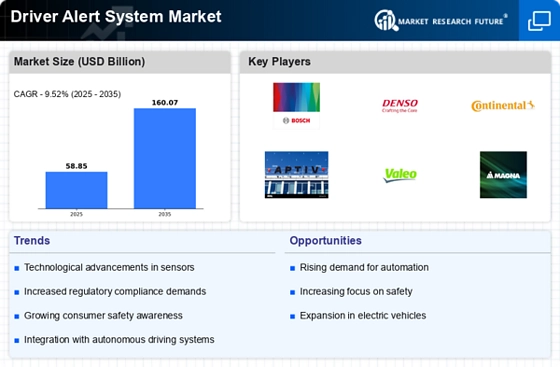
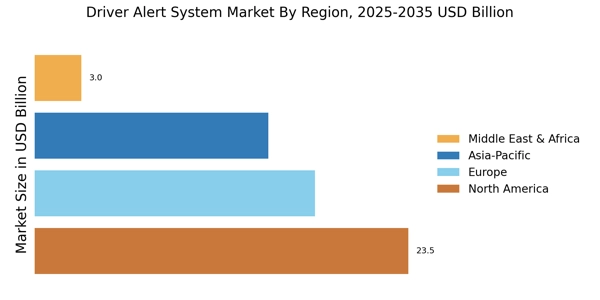
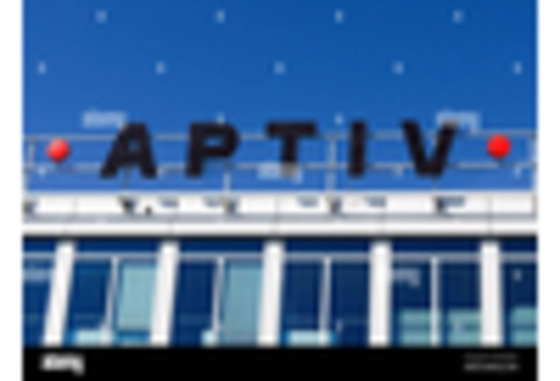



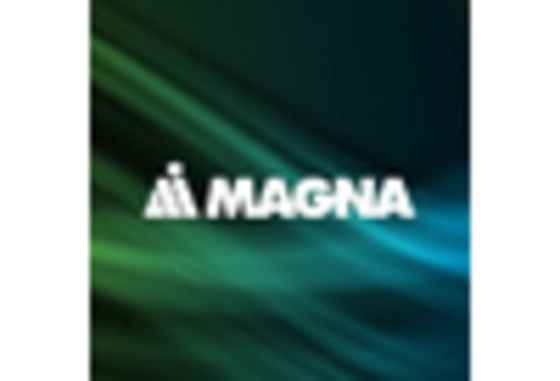
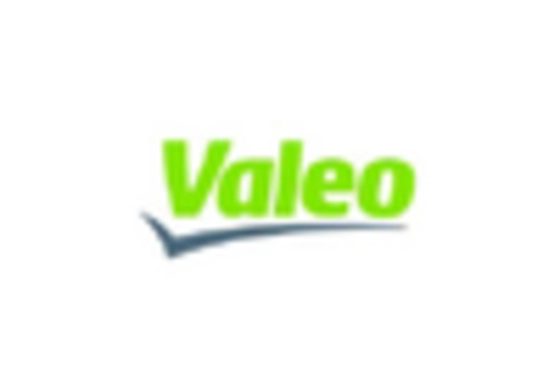








Leave a Comment